
You probably learned a great deal about Franklin D. Roosevelt facts in school, but there’s more to learn about him. The 32nd US President became an admirable icon when he started his term at the height of the Great Depression. He also established a polio rehabilitation center for those suffering from the condition he struggled with. Overall, FDR inspired numerous Americans during his four terms in office. Despite his successful feats, Franklin D. Roosevelt did not ooze perfection.
FDR may have employed women and Black Americans to federal posts. But, they should thank Eleanor Roosevelt for that. Back then, the First Lady practically ran the country alongside her husband. Their strong dynamic became a force to be reckoned with. However, the iconic Roosevelt couple did not emit the same force at home. Learn more about Franklin D. Roosevelt’s ambitious life by checking out our list of facts.
- Franklin D. Roosevelt came into the world on January 30, 1882, in Hyde Park, New York.
- Franklin D. Roosevelt graduated from Harvard University in 1903.
- Roosevelt served four terms as the USA’s 32nd President beginning in 1932.
- Franklin D. Roosevelt married his wife, Eleanor Roosevelt, in 1905.
- During his marriage to Eleanor, he fathered one daughter and five sons.
- He was the only child of wealthy couple James Roosevelt I and Sara Delano.
- Franklin D. Roosevelt famously went by his initials, FDR.
- Their second son, Franklin Jr., died in infancy.
- Franklin D. Roosevelt started his first presidential term at the height of the Great Depression.
- FDR served as the governor of New York for one and a half terms before he became President.
- He got average grades during most of his school life.
- FDR dropped out of Columbia Law School after passing the New York Bar Exam.
- Franklin D. Roosevelt learned of his polio condition in 1921.
- During World War II, FDR formed a successful alliance with Britain and the Soviet Union.
- On April 12, 1945, Roosevelt suffered from an intracerebral hemorrhage and passed away.
- Franklin D. Roosevelt ran as president in the elections four times and won them all.
- The voters of US states Maine and Vermont never went in favor of FDR during his four presidential election wins.
- After World War II, Franklin D. Roosevelt helped build the United Nations.
- FDR was the first US president to fly on a plane while in office.
- He received a petition worth $10 from a 14-year-old Fidel Castro.
Franklin D. Roosevelt hailed from the famous Roosevelt family.
You don’t have to be an avid reader of Franklin D. Roosevelt facts to know about his famous family. FDR shared a blood relation with 11 other former US presidents. For some reason, the genealogy of US leaders tends to connect at some point.
Franklin Delano Roosevelt shared familial relations with former presidents: John Adams, James Madison, John Quincy Adams, Martin Van Buren, William Henry Harrison, Zachary Taylor, Andrew Johnson, Ulysses S. Grant, Benjamin Harrison, William Howard Taft, and, Theodore Roosevelt. Their impressive family tree does not just apply to the White House. The Roosevelt line reportedly includes historical icons such as Winston Churchill and Douglas MacArthur.
He shared a blood relation with his wife, Eleanor Roosevelt.
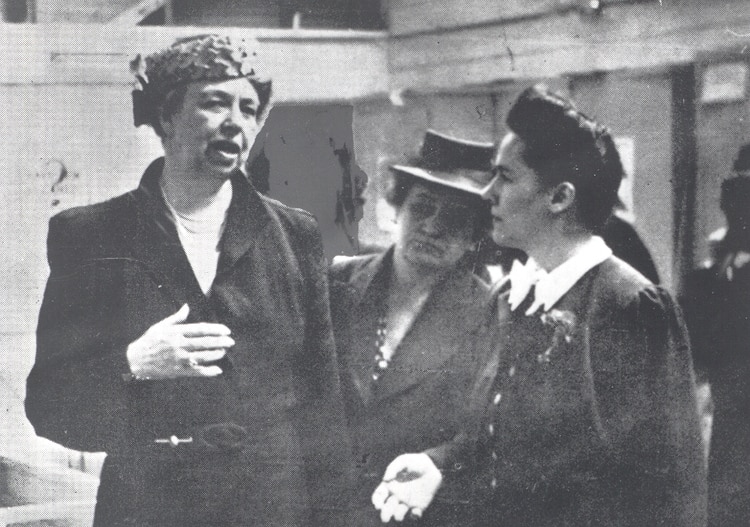
Yes, you read that right. Eleanor Roosevelt’s surname did not come from her marriage. She and her husband were fifth cousins once removed. The two first met as kids. They didn’t meet each other again until they encountered each other in New York in 1902. Franklin and Eleanor then began a secret relationship before announcing their engagement in 1903.
Sara Delano, FDR’s mother, heavily opposed the couple’s relationship. She tried to stop her son’s plans of marriage by taking him on an extravagant vacation in a foreign country. Unfortunately, her efforts went to waste when Franklin and Eleanor Roosevelt married in 1905. Then-President Theodore Roosevelt attended the exclusive ceremony and gave away the bride.
FDR cheated on his wife.
Most compilations of Franklin D. Roosevelt facts always include his infidelity. But, did you know that both Franklin and Eleanor engaged in affairs outside their marriage?
You won’t find a lot of records of Eleanor’s affairs but, she admitted to hating having sex with her husband. FDR, on the other hand, engaged in various affairs with women. Lucy Mercer became the most known mistress of the 32nd US President. Eleanor personally hired Mercer to be FDR’s secretary. Little did she know that the two engaged in an affair that almost ended her marriage.
Franklin and Eleanor ultimately decided to stay married throughout their lives. Despite this, FDR continued his affair with Mercer in secret. Anna Roosevelt helped her father keep his ongoing affair. When FDR passed away, the woman by his side was Mercer, not Eleanor.
Franklin D. Roosevelt entered politics under the Democratic Party.
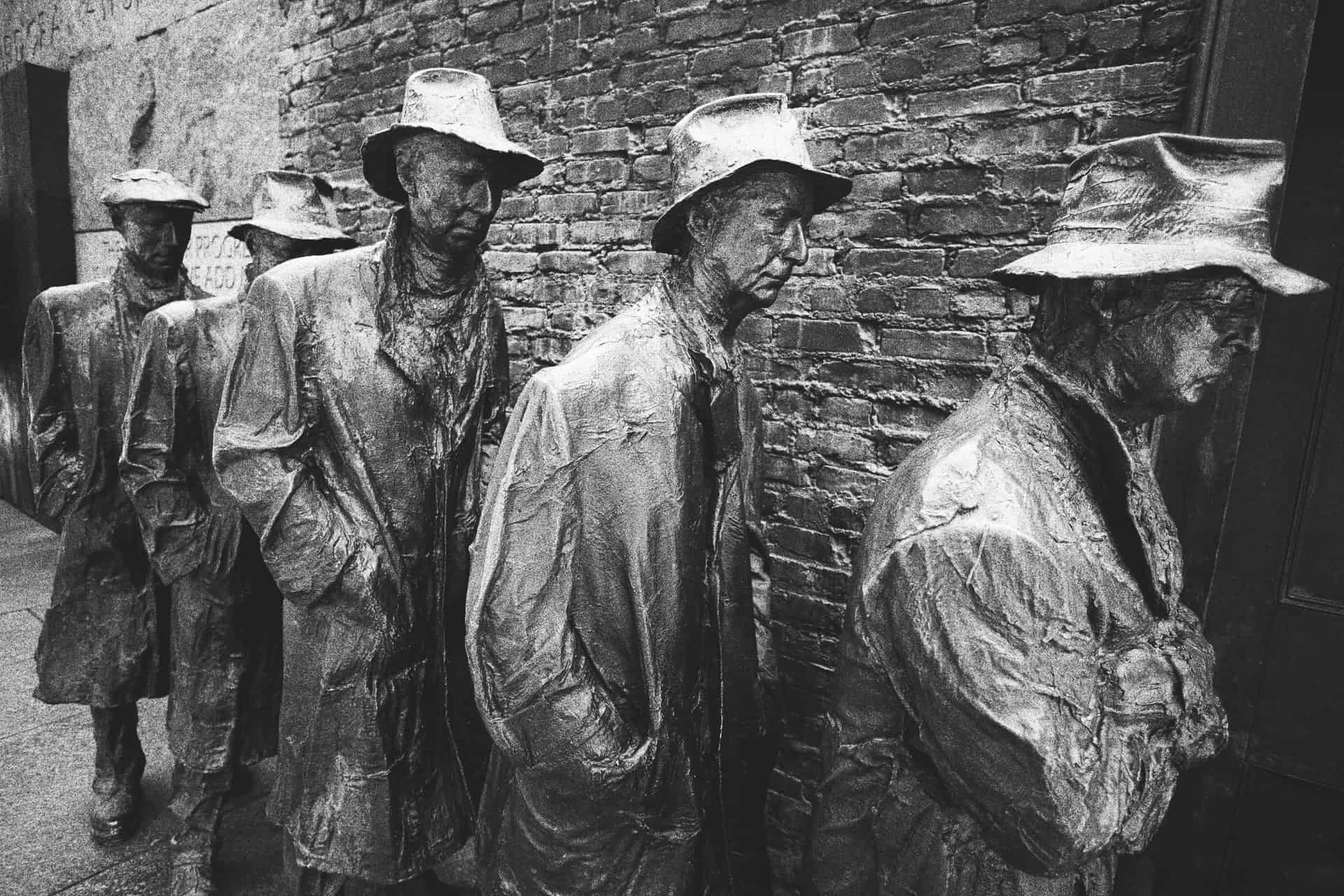
Most Democratic Party leaders chose Franklin D. Roosevelt to represent them because of his experience and family name. The Roosevelt surname heavily influenced voters’ decisions. It also rocketed FDR’s consistent landslide wins in four presidential elections. FDR gained the support of a majority of Democrats in the country thanks to his political advisers Louis Howe and James Farley. Their team’s strategy focuses on the Great Depression instead of the usual prohibition or Catholicism campaigns.
FDR ran for the first time as James Cox’s running mate.
Not a lot of Americans know that Franklin D. Roosevelt facts must always include his campaign as vice president. FDR first entered the presidential ticket as James Cox’s running mate. Cox and Roosevelt supported President Woodrow Wilson’s visions for their campaign. Despite their promising initiative, Cox and Roosevelt lost to Republican Warren G. Harding in 1920.
He claimed he did not expect the bombing of Pearl Harbor.
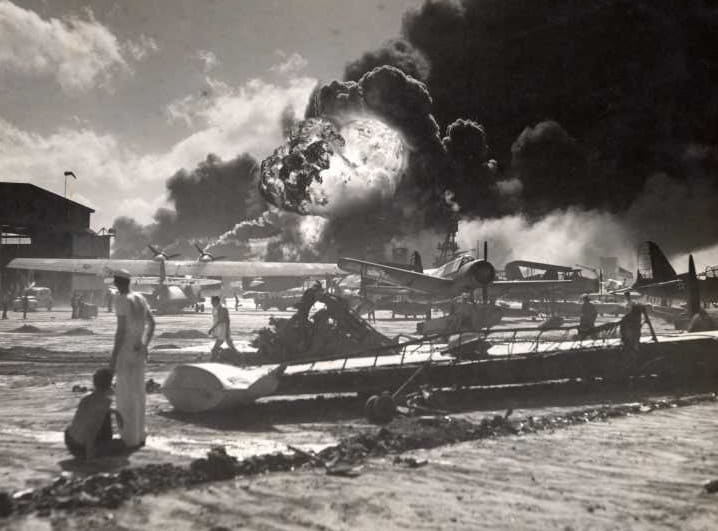
FDR’s description of the bombing of Pearl Harbor sparked a lot of debate. He called the sudden attack a “date which will live in infamy,” during his address to the nation. He then proceeded to urge Congress to declare war following the tragic attack in Hawaii.
The controversial bombing of Pearl Harbor brought about numerous conspiracy theories. You probably also wondered if FDR allowed investigations to become declassified. Almost all new documents regarding the investigation of the Japanese attack ended up hidden in the public eye. Despite the various allegations, people close to FDR back up the president’s claim.
Roosevelt planned to establish Japanese-American internment camps long before Pearl Harbor.
Get ready for this entry in our compilation of Franklin D. Roosevelt facts. This made a lot of Americans question FDR’s ambition and principles. In 1942, President Franklin D. Roosevelt signed Executive Order 9066. The document authorized the removal of Japanese-Americans from their homes. Authorities forced the helpless Japanese-Americans to live in remote internment camps around the country. Only a handful of politicians voiced their opposition to the cruel act. A congressional panel eventually described Executive Order 9066 as a “grave injustice.”
Before the tragic Pearl Harbor incident, Franklin D. Roosevelt already considered the idea of Executive Order 9066. He expected that the US and the Empire of Japan would declare war at some point. Because of this, FDR thought of making a list of Japanese-Americans who resided in Oahu, Hawaii.
FDR goes down in history as the only US President with four terms.
No one expected Franklin D. Roosevelt’s third term as President of the United States. He eventually won his fourth elections too. FDR remained as the USA’s leader until his death. Before his momentous feat, former US presidents followed an unspoken rule of only serving two terms. George Washington, the first US President, started this trend after choosing not to run for a third term. However, FDR clearly changed that.
Following Franklin D. Roosevelt’s death, Republicans in Congress composed the 22nd Amendment. This decision came to permanently keep the US presidents to only serving one or two terms in office. Because of the amendment’s passing, FDR went down in history as the first and the only US president to serve more than two terms.
He ordered the construction of the White House’s movie theater.

One of our favorite Franklin D. Roosevelt facts is the construction of The White House Family Theater. It came to be after FDR ordered the reconstruction of the old cloakroom called the Hat Box in 1942.
First Families came to the theater to relax and enjoy different kinds of films. They also host private events for their loved ones in the luxurious space. White House staff, Congress members, and Hollywood actors receive invites to watch exclusive screenings at The White House Family Theater. In the following years, US presidents also used the space to rehearse speeches. You can spot the location in an episode in the second season of The West Wing.
He allowed the Major League Baseball continue despite the ongoing World War II.

Most history buffs still wonder about numerous Franklin D. Roosevelt facts. One of those includes FDR giving the “green light” to Major League Baseball during World War II.
After the tragic bombing of Pearl Harbor, then-President Franklin D. Roosevelt urged Congress to declare war against Japan. The move ultimately triggered World War II. Despite this, FDR sent a surprising letter to Baseball Commissioner Kenesaw Mountain Landis. The letter states, “I honestly feel that it would be best for the country to keep baseball going.” He also added, “There will be fewer people unemployed and everybody will work longer hours and harder than ever before.” Plus, FDR emphasized that Americans deserved “a chance for recreation and for taking their minds off work.”
The correspondence soon received the title “The Green Light Letter.” With this, Major League Baseball continued its operations for four seasons during the war. It held on despite the ongoing deployment of men joining the military.
FDR founded the March of Dimes.
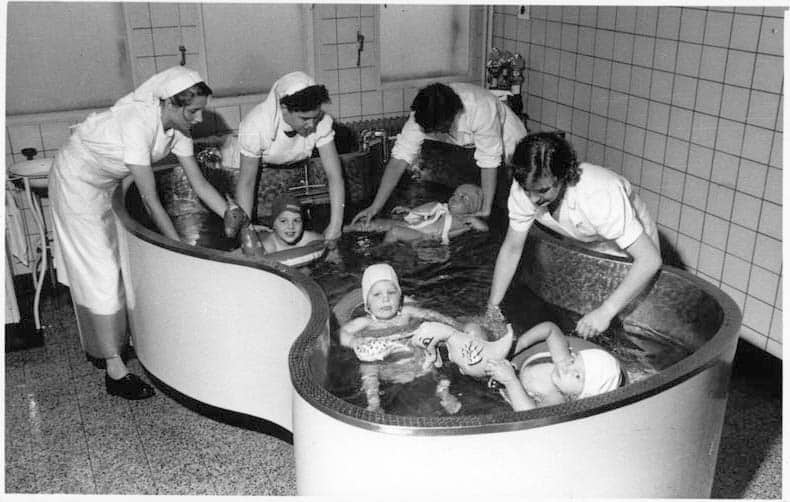
Almost every American nowadays knows that Franklin D. Roosevelt learned of his polio condition during his adulthood. Because of his handicap, FDR decided to establish the National Foundation for Infantile Paralysis. They later renamed it the March of Dimes Foundation, on January 3, 1938. Polio commonly spread among American children during summers in the 20th century. Survivors of the condition usually suffered from debilitating paralysis during adulthood. In 1921, FDR contracted the virus as an adult.
Historians separated Franklin D. Roosevelt’s “New Deal” into two parts.
Franklin D. Roosevelt gained fame as the 32nd US President after delivering an inspiring speech. He vowed to resolve the Great Depression with, “a new deal for the American people.” He then proceeded to act out his momentous first 100 days in office.
Eventually, Franklin D. Roosevelt changed the approach of the New Deal to a liberal direction. Because of this, historians dubbed the change as the “New Second Deal.” Following the transition, Congress raised the taxes of the rich. They then gave labor unions the right to approve unemployment and disability benefits.
FDR’s doctors misdiagnosed the former president’s polio condition.
A relatively unknown addition to our Franklin D. Roosevelt facts falls on the late president’s polio condition. Medical experts claim that FDR’s doctors misdiagnosed the 32nd US President’s symptoms as polio. After some research, experts concluded that Franklin D. Roosevelt most likely suffered from Guillain-Barre syndrome. Unlike those with polio, Guillain-Barre syndrome patients commonly achieve a complete recovery.
Unfortunately, the doctors involved in this research cannot confirm their theory. Medical tests that can differentiate the conditions did not exist at the time of FDR’s diagnosis.
Roosevelt gave into Eleanor’s wishes when he appointed jobs to women and Black Americans.
Eleanor Roosevelt encouraged FDR to open federal posts to women and Black Americans. He agreed to hire Black Americans that remained segregated from other federal staff. Eleanor, on the other hand, managed the women’s division of the Democratic Party.
FDR also made history when he appointed Frances Perkins as a member of his cabinet. Perkins became known as the first woman in US history to hold a position in the cabinet of the presidential administration. She instantly proved her competence by assisting FDR with his major programs such as Social Security. Before this historical feat, Perkins already worked alongside FDR when he served as Governor of New York.
He built a polio rehabilitation center in Georgia.
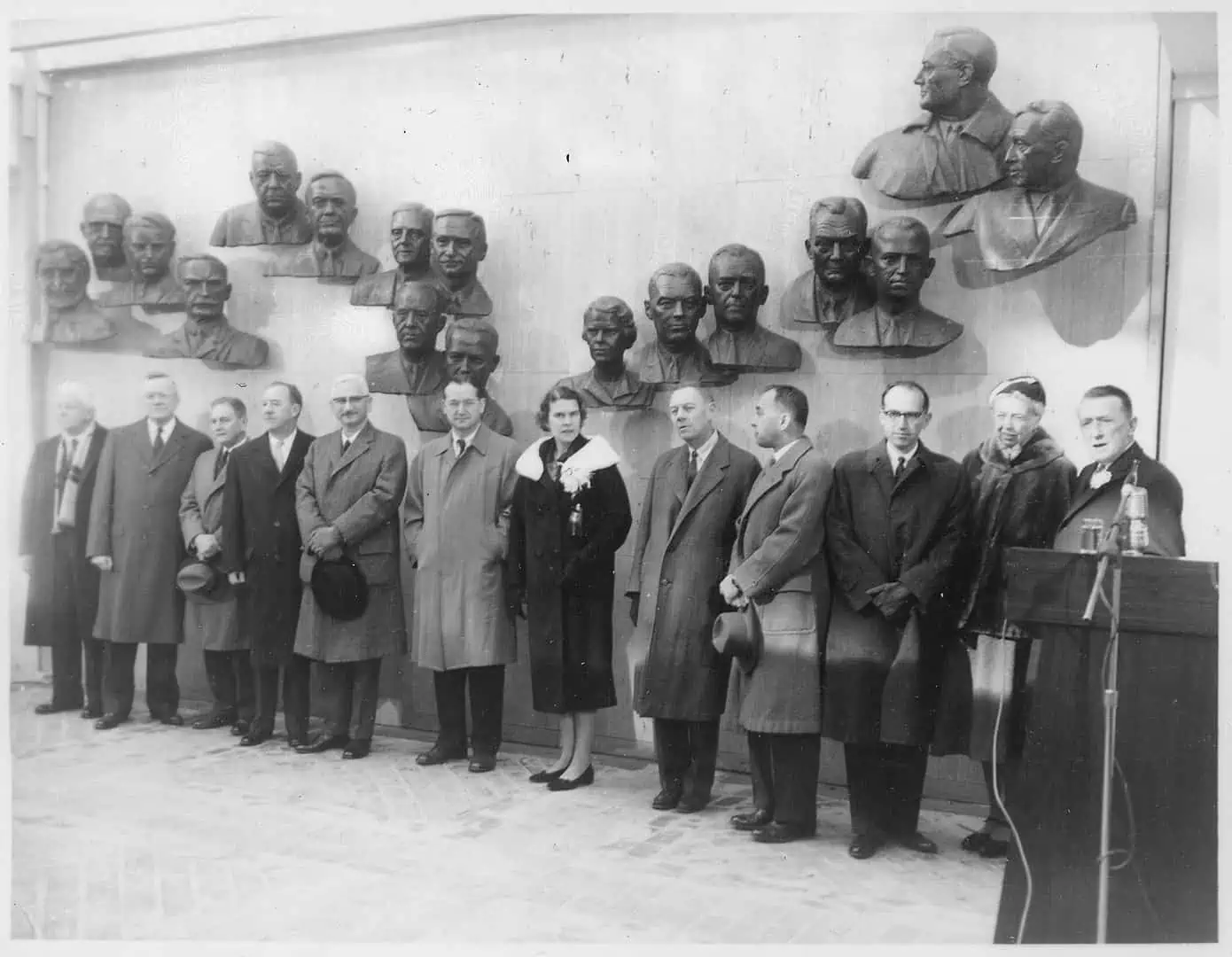
In 1927, Franklin D. Roosevelt founded the Roosevelt Warm Springs Institute for Rehabilitation (RWS) in Georgia. He aimed to establish a polio rehabilitation facility where patients used the mineral-rich springs to help in healing their conditions. RWS continues to uphold FDR’s legacy especially after the invention of the polio vaccine. The center also caters to patients with other disabilities.
FDR adored collecting stamps.
Franklin D. Roosevelt took pride in his hobby of collecting stamps. At a young age, FDR used stamps to enhance his knowledge about the world. He later found comfort in his hobby after getting diagnosed with polio during adulthood. Franklin D. Roosevelt always reserved time for his collection amid his busy schedule. He allotted at least 30 minutes to spend time with his beloved stamp collection.
In the 1930s, FDR excitedly came up with ideas for stamp design and themes with Postmaster General James A. Farley. He made sketches displaying his excitement over the idea of designing his own stamp. FDR’s children fondly remember their father’s love for stamp collecting. James Roosevelt recounted, “I have vivid memories of Father sitting at his desk when he had a half-hour or hour with no appointments… with his stamp books and an expression of complete relaxation and enjoyment on his face.”
Franklin D. Roosevelt narrowly escaped an assassination attempt.
During the early months of 1933, Giuseppe Zangara attempted to catch Franklin D. Roosevelt by screaming, Too many people are starving!” He then fired his gun at the president while he was delivering a speech in Miami’s Bayfront Park. Zangara reportedly fired six rounds at the 32nd US President. FDR narrowly escaped without injuries. Unfortunately, five people who attended the speech got shot. The injured included Chicago’s then-Mayor Anton Cermak who received a fatal stomach wound.
After reaching safety, FDR ordered spectators to stop beating Zangara to a pulp. Following his arrest, Zangara stated that he did not personally hate FDR. At the time of the incident, Franklin D. Roosevelt had yet to start his first term as president. The public praised FDR for maintaining his strong resolve throughout the incident.
He received praises during his first 100 days as the 32nd President of the United States.
The historical first 100 days of Former US President Franklin D. Roosevelt included his plans to end the Great Depression. FDR ordered the definite closing of all banks until Congress passed reform legislation. He also held press conferences to update and speak directly to the American people. These “fireside chats” broadcasted to a radio audience of around 60 million listeners.
FDR attempted to add more positions in the US Supreme Court.
FDR’s patient demeanor spirited after the US Supreme Court denied most of his New Deal laws, Because of this, he proposed the idea of “Court-packing” in hopes of having more allies in the Supreme Court. Despite having several Democrats under his belt, FDR lost the passing of this petition.
Franklin D. Roosevelt hid his polio condition from the public.
FDR did his best to appear physically strong to the American population. To keep his image intact, Franklin D. Roosevelt desperately hid the effects of his polio condition from the public eye. After his polio diagnosis, FDR went through years of painful physical and mental rehabilitation to regain the use of his legs.
Despite his immense progress, Roosevelt still needed steel leg braces and a cane to move short distances. He then kept the public in the dark about the full extent of his condition by altering the poses of his pictures. He requested his publicized pictures to only show him in stationary positions. Secret Service agents strictly took away the cameras of reporters who attempted to capture FDR with his wheelchair.
Was this page helpful?
Our commitment to delivering trustworthy and engaging content is at the heart of what we do. Each fact on our site is contributed by real users like you, bringing a wealth of diverse insights and information. To ensure the highest standards of accuracy and reliability, our dedicated editors meticulously review each submission. This process guarantees that the facts we share are not only fascinating but also credible. Trust in our commitment to quality and authenticity as you explore and learn with us.
